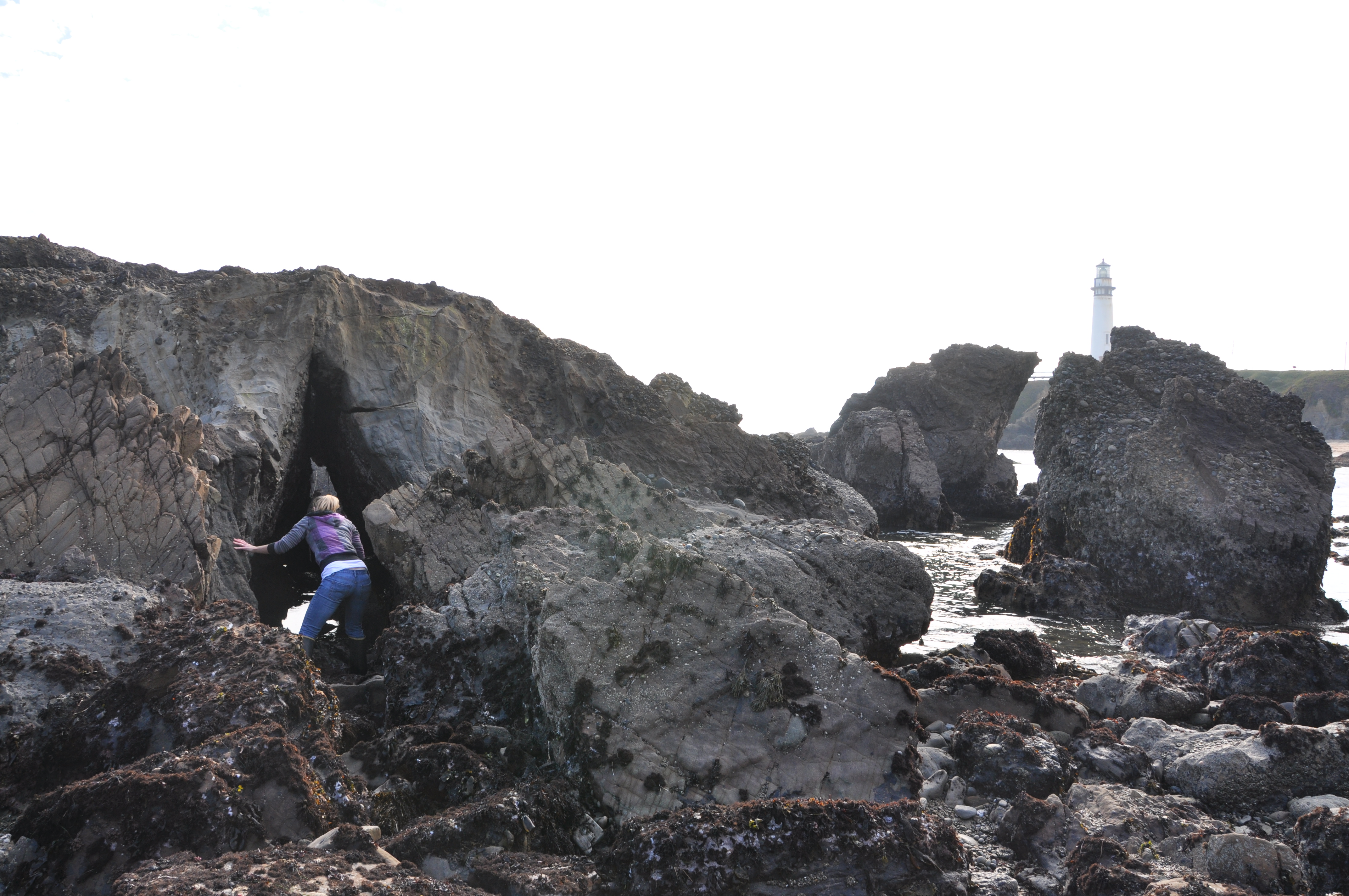
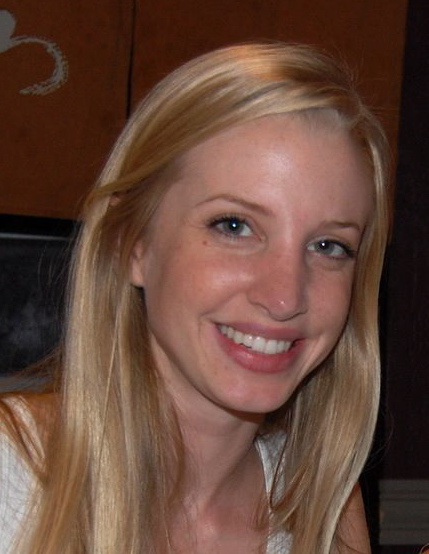
By Brynn Hooton-Kaufman, Phycology Lab
I’ve spent a lot of time over the past few months diving, tidepooling, and digging through rotting wrack on the beach in search of seaweeds. Sometimes I get skunked, driven out by the swell, weather, and even tsunamis. Sometimes I spend hours searching around, just to find that the seaweed I want isn’t even in season, and is nowhere to be found.
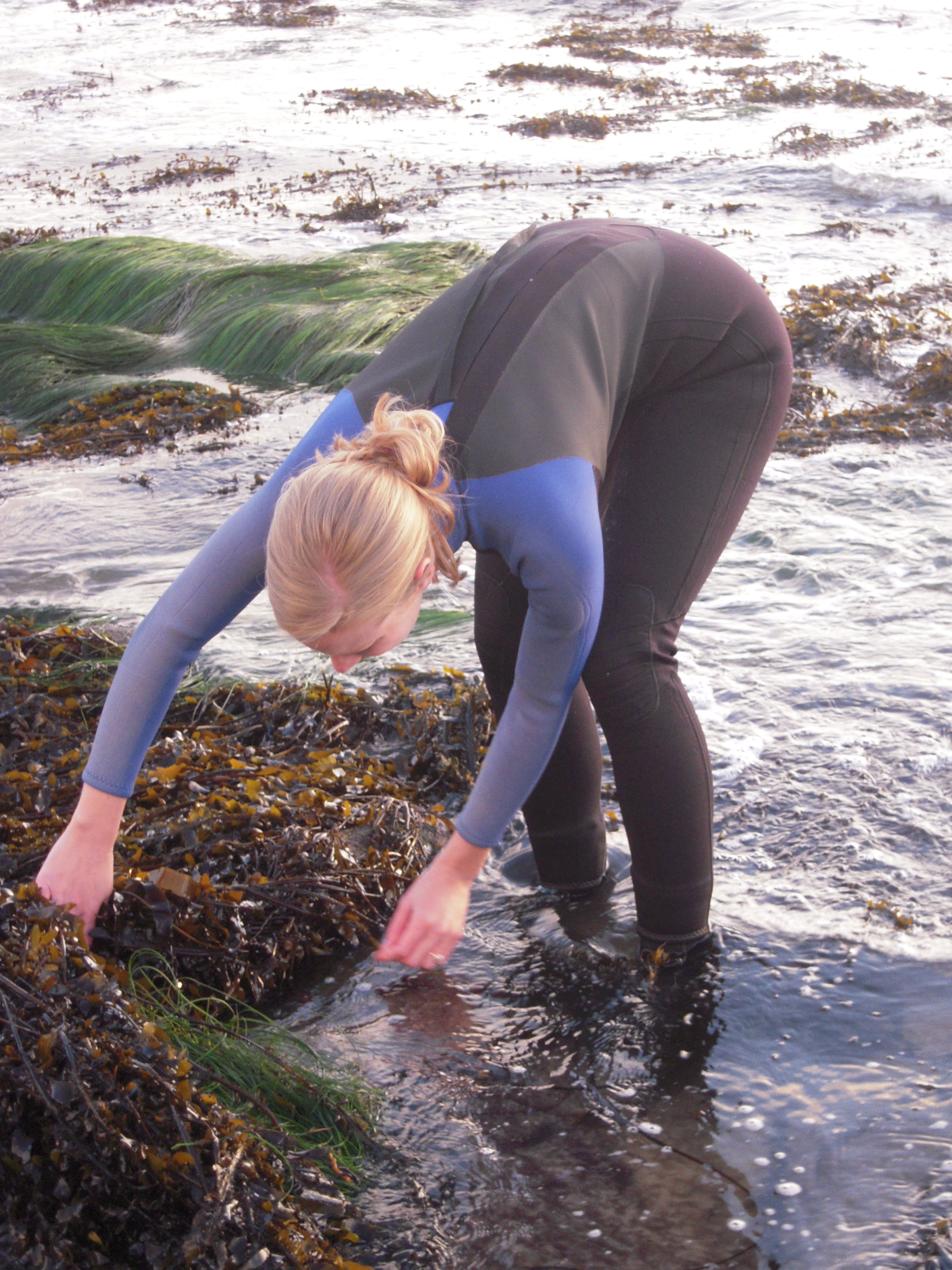
But we all know it’s the victories that count. When I march back up to the car, spoils of battle in hand, laden with the seaweeds to be used in the following week’s class, I’m pretty pleased with myself. And unfailingly, I run into someone on the way. “What did you catch?” they usually ask.
“Seaweed!” I proudly announce, waiting for what will hopefully be an enthusiastic response. But usually, the responses fall a little flat. Often they come in a variety of “hmm, that’s interesting” or some sort of feigned interest. I can’t say I really blame them. Seaweed isn’t quite a trophy fish that you would pose with in a picture (although most phycologists have), and most people don’t have much experience with it.
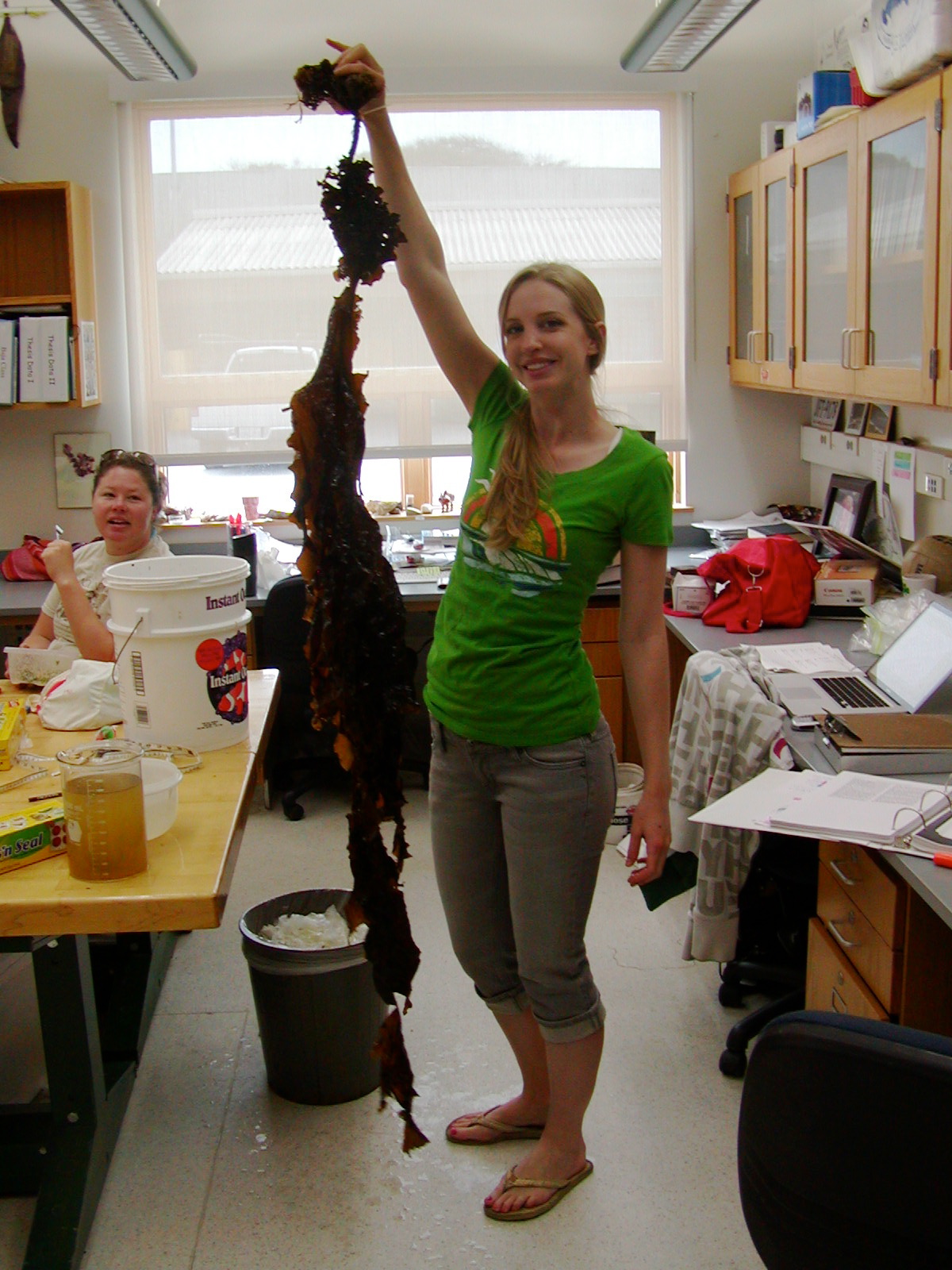
I didn’t have much experience with seaweed either before I started graduate school at MLML. To be honest, I really didn’t know what phycology was at all, even though I was joining the Phycology Lab. Kelp forest ecology was my main interest, and more specifically I wanted to study how organisms use kelp as habitat. If that was going to make me a phycologist, that was fine by me.
Thankfully in the last three years I’ve learned a lot more about seaweeds. First, phycology is a word that has Greek roots: ‘phykos’ means seaweed, and ‘-ology’ means the study of. So, phycology is the study of seaweed. You don’t want to mistakenly call it ‘algology’ because this mixes the Latin root ‘alga’ with a Greek ending, and actually means the study of pain – ouch!
But seaweeds are a lot more than a name. There are three different kinds of seaweeds: reds, greens, and browns. The reds are by far the oldest, having evolved about 1.4 billion years ago, and there are about 6,000 species currently recognized. The greens evolved around 800 million years ago, and there are about 16,000 recognized species. Finally, the browns are the youngest, only originating about 250 million years ago, and they also have the fewest species at just around 1500. Thankfully for phycologists, seaweeds are pretty true to their name and can be separated out into the three groups mostly by color alone. This is because seaweeds have pigments that help them to absorb light and photosynthesize, and these pigments also give them their color. Each group has specific pigments, giving the seaweeds red, green, or brown coloration.
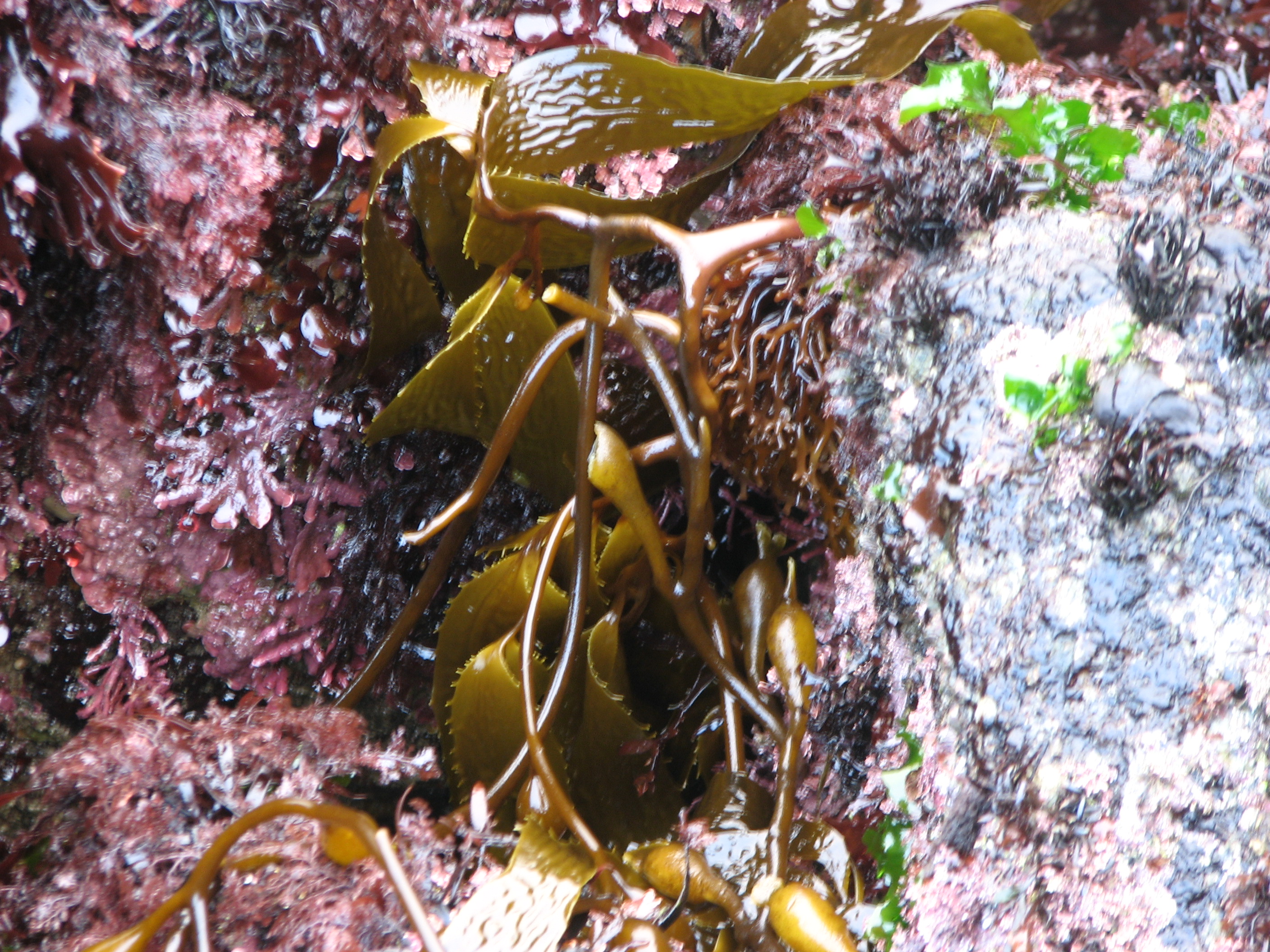
Pretty coloring alone might not be enough to convince you that seaweeds are interesting, or worth studying. To do that, I’ll probably need to tell you a little bit about what the folks in the Phycology Lab do. First, you might know that seaweeds are an important source of food for many animals, humans included! If you like your sushi wrapped in nori, or you’ve eaten something with the ingredients ‘carrageenan’ or ‘alginate’, you’ve eaten seaweed. You might have also guessed that seaweeds are an important source of food for lots of marine animals, too. One project that Phycology Lab students have worked on has been designing the ideal diet for farmed abalone. If you’ve ever had abalone, you know that they are pretty tasty. But you may also know that wild populations in California were depleted by the commercial fishery, resulting in the close of the fishery in 1997. You can still catch your own abalone, but you have to go north of San Francisco to do so, and you can only pick them from the shore or free dive for the tasty snails – no SCUBA diving for them is allowed. With wild abalone unavailable commercially, many restaurants and seafood aficionados have turned to farm raised abalone.
Raising abalone in a farm is a sustainable and environmentally friendly option, but you have to know what to feed the critters. The farm that the Phycology Lab works with originally fed their abalone an all giant kelp diet, so they were only getting brown seaweed. Well, it turned out that their red abalone weren’t growing red shells like they were supposed to, and this didn’t make some of the consumers happy. They decided to experiment with the abalones’ diet, and supplemented it with some red seaweed. Voila! The abalone started growing red shells, and in a blind taste test it was even found that they tasted better. Score one victory for seaweed science.
Besides feeding other organisms, seaweeds also provide a great source of habitat. If you’ve ever been to the Monterey Bay Aquarium, you’ve probably seen the kelp forest tank and all of the critters that call the kelp home. If you haven’t been able to visit the Aquarium, you can watch some video that I shot while diving in the kelp forest tank, here.
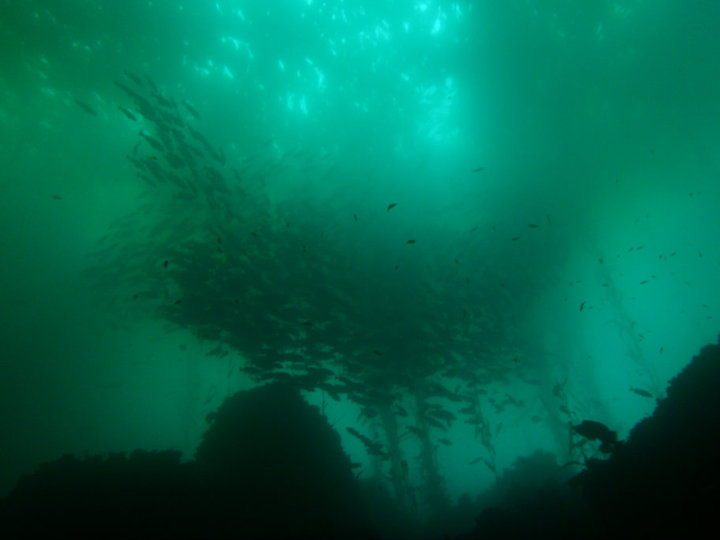
Studying how organisms use kelp for habitat is exactly what I’m doing for my thesis. The Asian kelp Undaria pinnatifida invaded Monterey Harbor in 2001, and despite attempts to eradicate it, it has become a permanent member of the harbor community. Once an invasive species is here to stay, it’s important to look at both its negative and positive impacts on the ecosystem. My faculty advisor had heard that fishes were often found in Undaria, and he suggested I look more closely at this for my thesis. Over the last three years I’ve been studying how fishes use Undaria in comparison with other available habitat in the harbor, and as it turns out, all of the species of fishes I’ve collected so far always use Undaria disproportionately more than other available habitat.
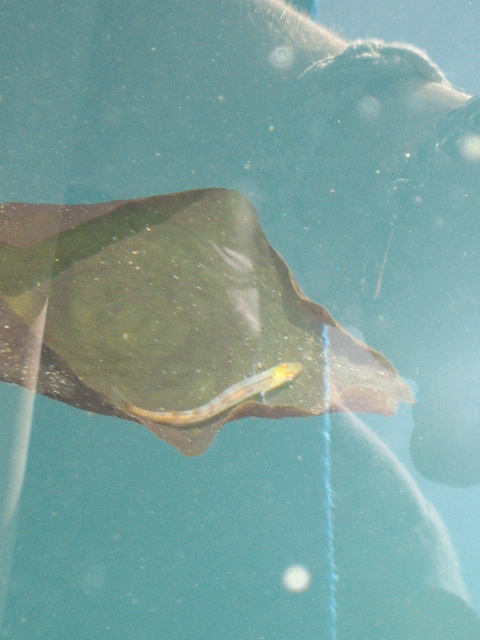
So, I’ve talked about how seaweeds provide food and habitat for organisms, and how these are great topics to study. But how can I convince you that studying seaweed reproduction, growth, and physiology are not only important, but also interesting? Let me take a stab at it. You can imagine that how many seaweeds are in a given area (the result of reproduction) and how fast these seaweeds grow (of course, the result of growth) affect how much habitat and food they can provide. And these two factors are affected by the physiology of the seaweed, and the physiology is affect by environmental conditions. So, if you really want to study how seaweed affects other organisms, you really need to understand the reproduction, growth, and physiology of seaweed, and how environmental conditions affect them. Or, if you’re a phycologist, you want to understand as much as possible about seaweeds regardless of how it affects other creatures, so you want to study these things anyways.
Hopefully I’ve convinced you that studying the growth, reproduction, and physiology of seaweeds is important, so now I can show you how interesting it can be. One of the current projects that the Phycology Lab students are working on is an NSF grant on how climate change will affect kelp populations. Climate change could bring many changes to the oceans, with changing temperatures, storm severity, and acidity levels just to name a few. If temperatures move out of the optimal growth range for kelps, or if storms become more severe and start tearing the plants up, you could imagine that they might not be able to accumulate as much biomass, or body size. The plant biomass is important, because they use part of it to make reproductive tissues, which are of course important for producing offspring. So, to look at how climate change may affect reproduction, we manipulate the plant biomass and see how it fares reproductively.
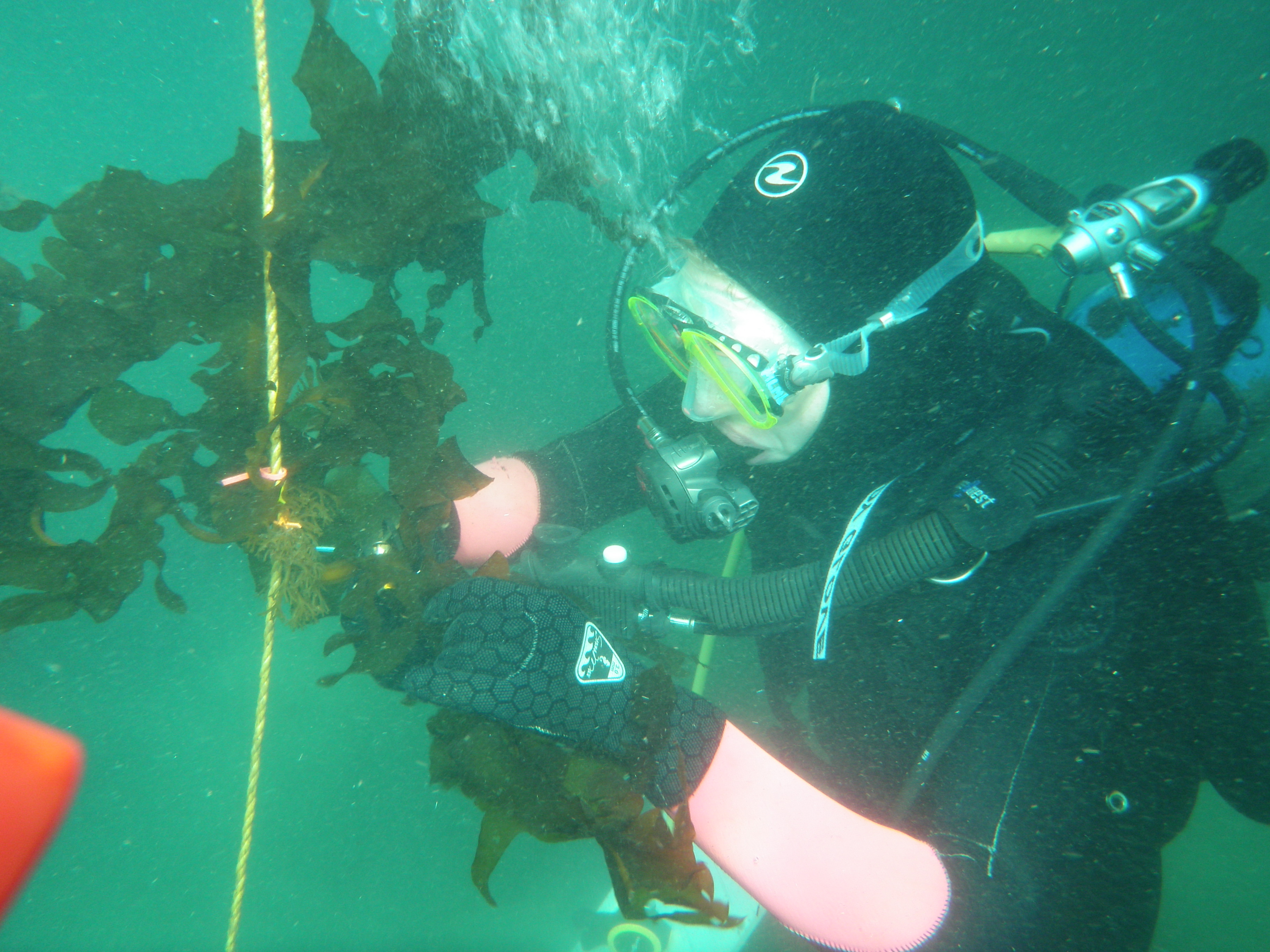
These experiments take place in the rocky intertidal and in the subtidal regions, and require lots of hours in the field. Going in the field is one of the most fun parts of science, so we really enjoy doing these experiments on growth and reproduction. It’s not often that you can tidepool or SCUBA dive and get paid to do so!
I hope I’ve convinced you that seaweeds are interesting, important, and overall pretty amazing organisms. If you have any questions about them, feel free to ask! And of course, keep tuned for more adventures in phycology.


